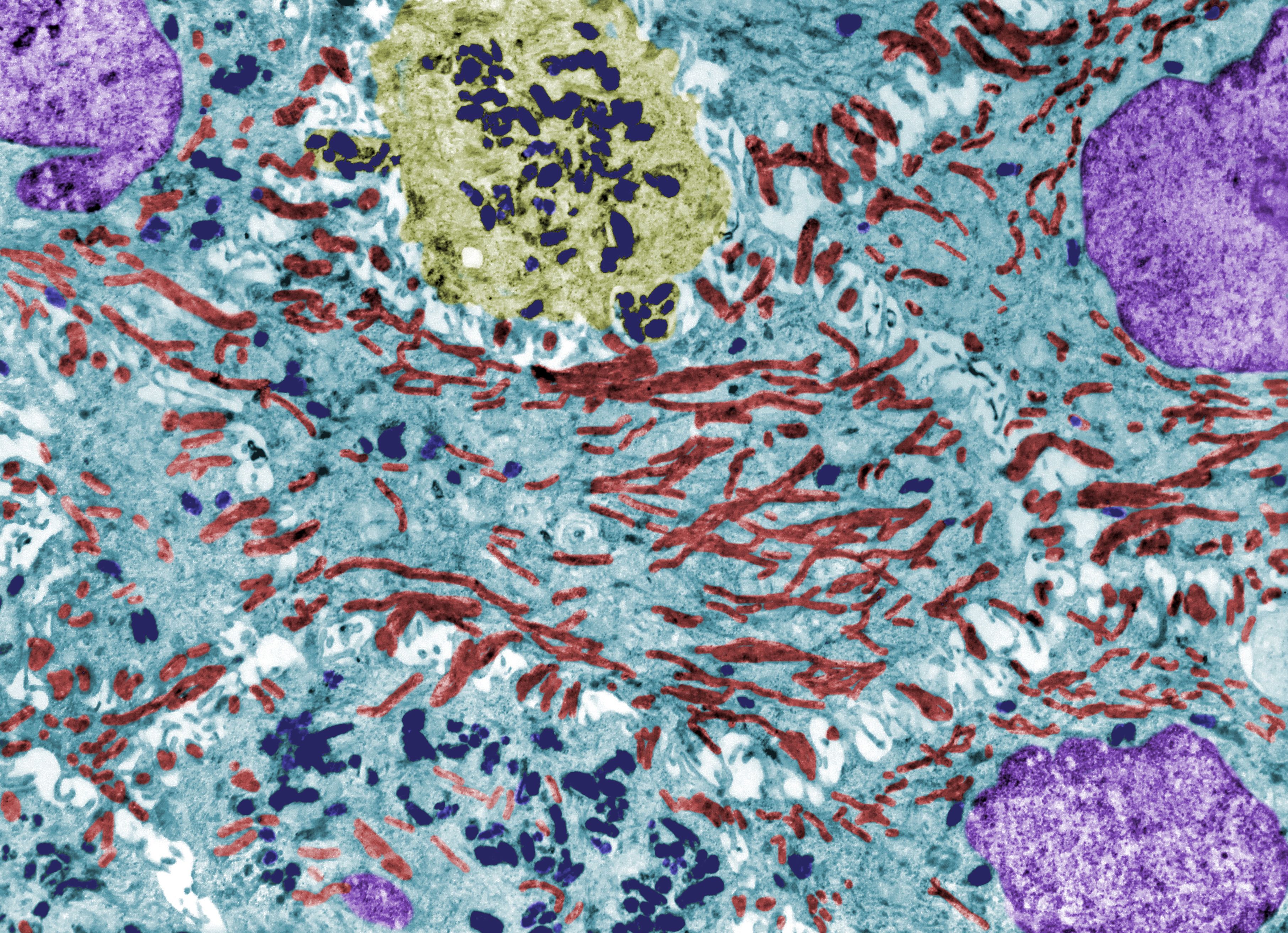Follow the pigment! Tracking melanin movement
Stemming from a BIV1 voucher, Dr Tim Hawkins from Durham University partnered with the Proctor & Gamble (P&G) Skin Pigmentation Group to successfully develop a cell line and bioimaging method for melanosome imaging.
Melanosomes are specialised parts of cells packed with melanin, a pigment that determines skin, eye, and hair colour. Researchers have been trying to better understand how melanin is transported from melanocytes, cells which contain melanosomes, to skin cells called keratinocytes. The imaging technology developed by this collaboration can track this transportation.
Melanocytes and keratinocytes are neighbours in our skin. Melanocytes have long arms, called dendrites, which they use to transfer melanin to other nearby cells, including keratinocytes. This production and transfer influence our tanning, hyperpigmentation and birthmarks.
The team also used a BIV2 proof-of-concept voucher to look at the effect of compounds of interest to industry on pigment movement dynamics.
This has provided a platform to identify new beauty technologies and biochemical pathways that could treat skin pigmentation disorders, such as vitiligo. P&G has now funded a PhD student to continue this research.
Dr Tim Hawkins said:
“The award enabled us to employ a technical member of staff to specifically investigate compounds from the industrial partner and develop the platform, something we would have been unable to do otherwise. The research outcomes and business interactions from the project have directly led to the establishment of a PhD project with P&G to look at the fundamental mechanism of melanosome transfer and fate; extending a technology foundation into a full academic programme.”

